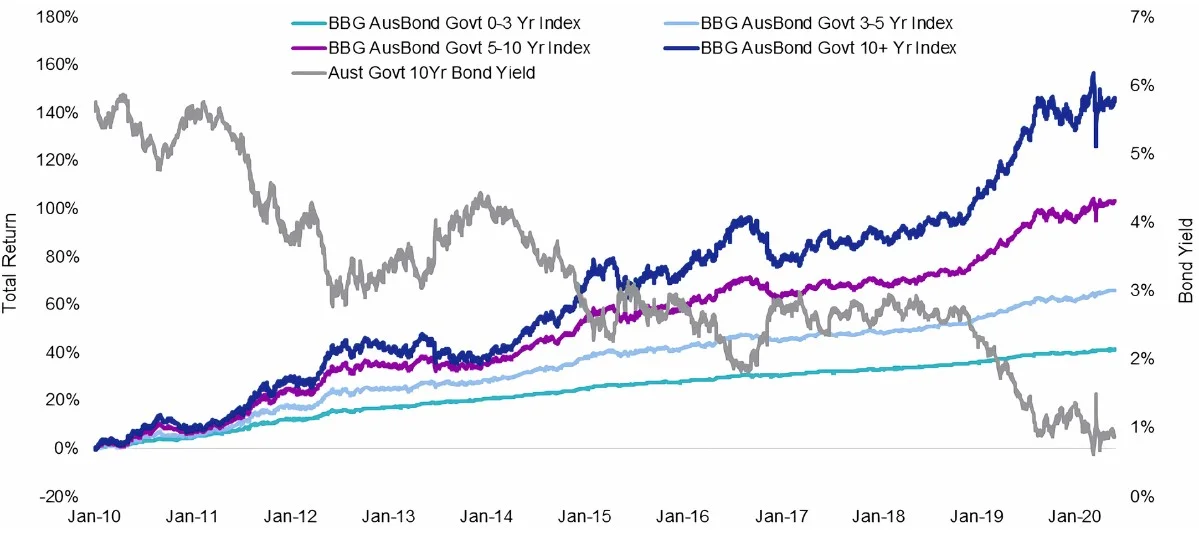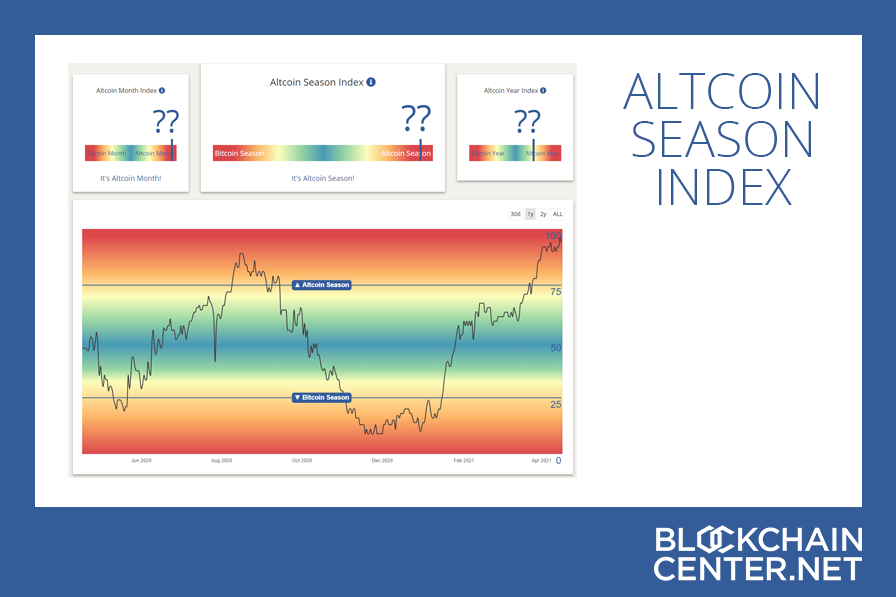Alright crypto fam, listen up! Binance just released their latest Proof of Reserves (PoR) report, and honestly, it’s a breath of fresh air in this often-sketchy industry. The snapshot date is May 1st, and the numbers are looking solid. We’re talking about a 102.06% reserve ratio for Bitcoin – meaning they hold MORE BTC than user balances! Let that sink in.
Let’s break down the details. User BTC holdings are reported at 604,410.571, while Binance’s wallets boast a hefty 616,886.378 BTC. Not bad, not bad at all. Then there’s USDT… a whopping 29,059,304,576.504 USDT held by users, backed by 29,659,698,073.374 USDT in Binance’s reserves – again, a 102.07% ratio. Seriously, this is reassuring.
And for our Ethereum heads, Binance is holding 5,281,746.179 ETH against user holdings of 5,281,746.179 ETH, resulting in a 100.16% reserve ratio. Look, I’ve been saying for ages that transparency is key in crypto. Binance’s commitment to PoR, even if it’s partially driven by recent FUD, is a step in the right direction.
Let’s Talk Proof of Reserves – The Basics:
Proof of Reserves isn’t just about showing numbers; it’s a cryptographic verification method. It aims to demonstrate that a centralized exchange actually holds the assets it claims to hold on behalf of its users.
Traditionally, exchanges operate as custodians, meaning they hold your crypto for you. The problem? There’s often minimal transparency into what they actually have.
PoR uses Merkle trees and cryptographic hashes to demonstrate, without revealing specific user balances, that the exchange’s holdings match liability commitments. This helps build trust.
It’s not a perfect system. Critics point to potential issues concerning auditor independence and blind spots in liability calculation. However, it’s still vastly superior to simply trusting an exchange. Binance’s move is a good indicator, though continued and independent auditing is vital.





